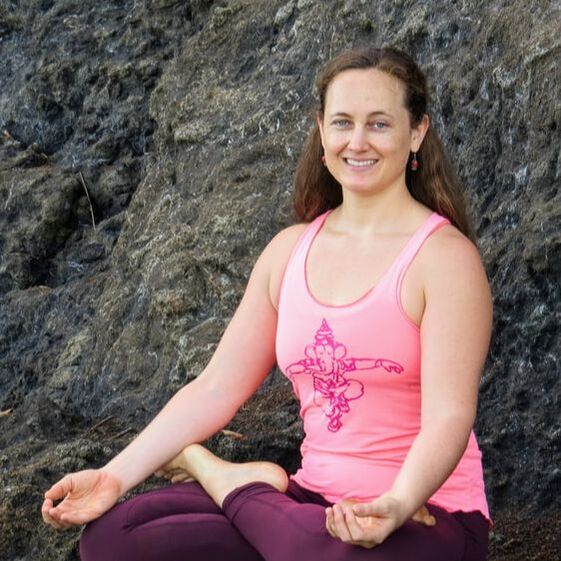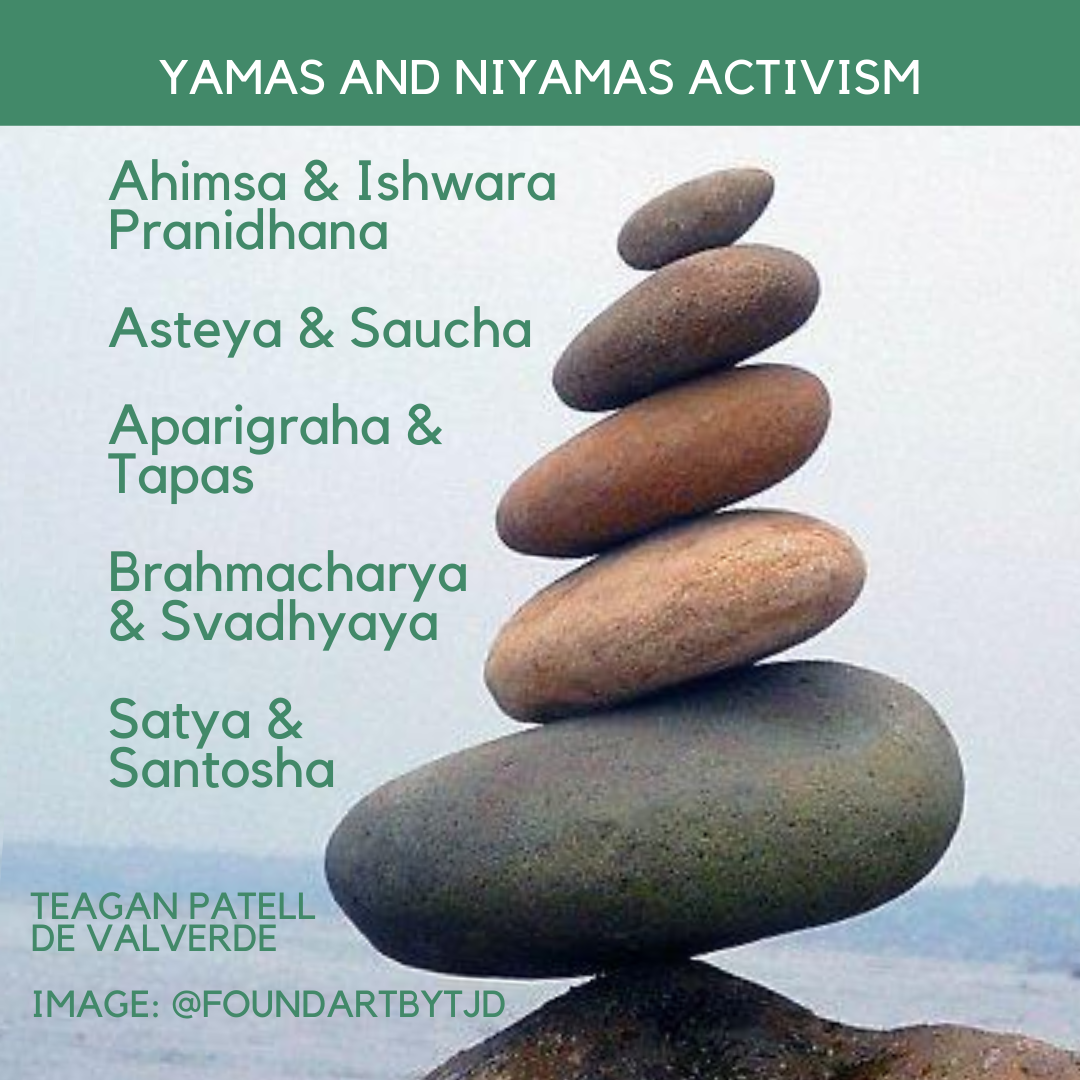|
|
Yoga & MeditationNo in-person yoga offerings for now as we focus on building our new space. You may join in contemplative practice here, or connect with other local practitioners in the Coco Yoga Community Facebook Forum.
Archives
August 2020
Categories
All
Sharing
|

 RSS Feed
RSS Feed

